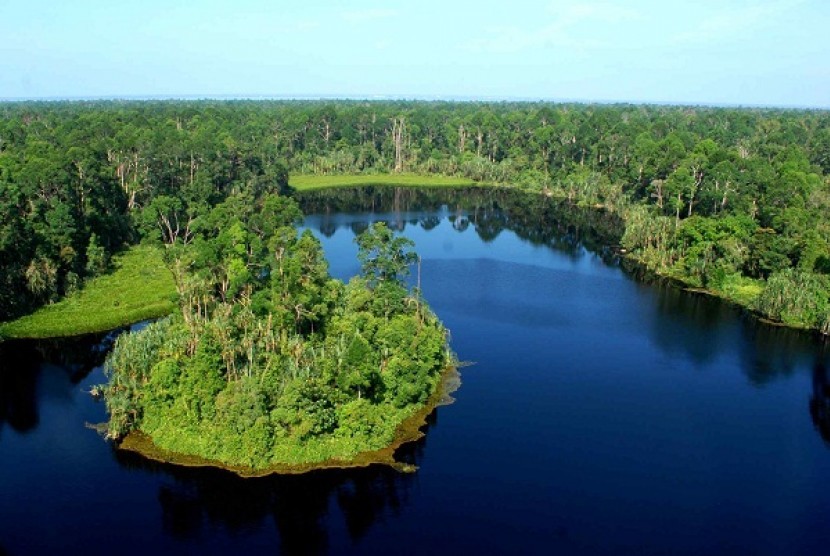REPUBLIKA.CO.ID, JAKARTA -- The United States government, through the US Agency for International Development (USAID), is collaborating with Indonesia to conserve marine resources, stated Deputy Chief of Mission at the United States Embassy in Jakarta Brian McFeeters.
"The USAID has contributed US$35 million over the past several years and has pledged another US$33 million for the next five years to protect marine resources and promote sustainable fisheries in Indonesia," McFeeters remarked here on Thursday night.
Speaking during a campaign on "Saving Our Oceans and Sea Turtles," he stated that the preservation of marine resources is not just centered on the relationship between Indonesia and the United States but is a responsibility that must be borne by the world.
He noted that one of the conservation measures, as part of the bilateral cooperation between both nations, is to save the endangered leatherback turtles whose population continues to decline.
According to McFeeters, protection of the around two thousand remaining leatherback turtles is important.
This endangered species lays eggs in Indonesia, particularly in Tambrouw district, West Papua, and then migrates to California in search of food, such as jellyfish and for mating.
"Apart from Indonesia, the United States is looking forward to working with partners around the world to address critical marine issues, including sustainable fishing, marine pollution, ocean acidification, and protected marine areas," McFeeters remarked.
He noted that the United States has also designed a ten-year combined initiative to support strategic marine-sector planning and help the Indonesian government right-size its fishing efforts to sustain production and economic yield and to protect millions of hectares of marine protected areas, including those reflecting the highest biodiversity on earth.
He further emphasized that the United States is also committed to deploying cutting-edge science and technology through various methods, such as the use of the National Aeronautics and Space Administration's Visible Infrared Imaging Radiometer Suite (VIIRS) to identify boats that use lights to attract fish at night, in a bid to target potentially illegal activities for further inspection.


